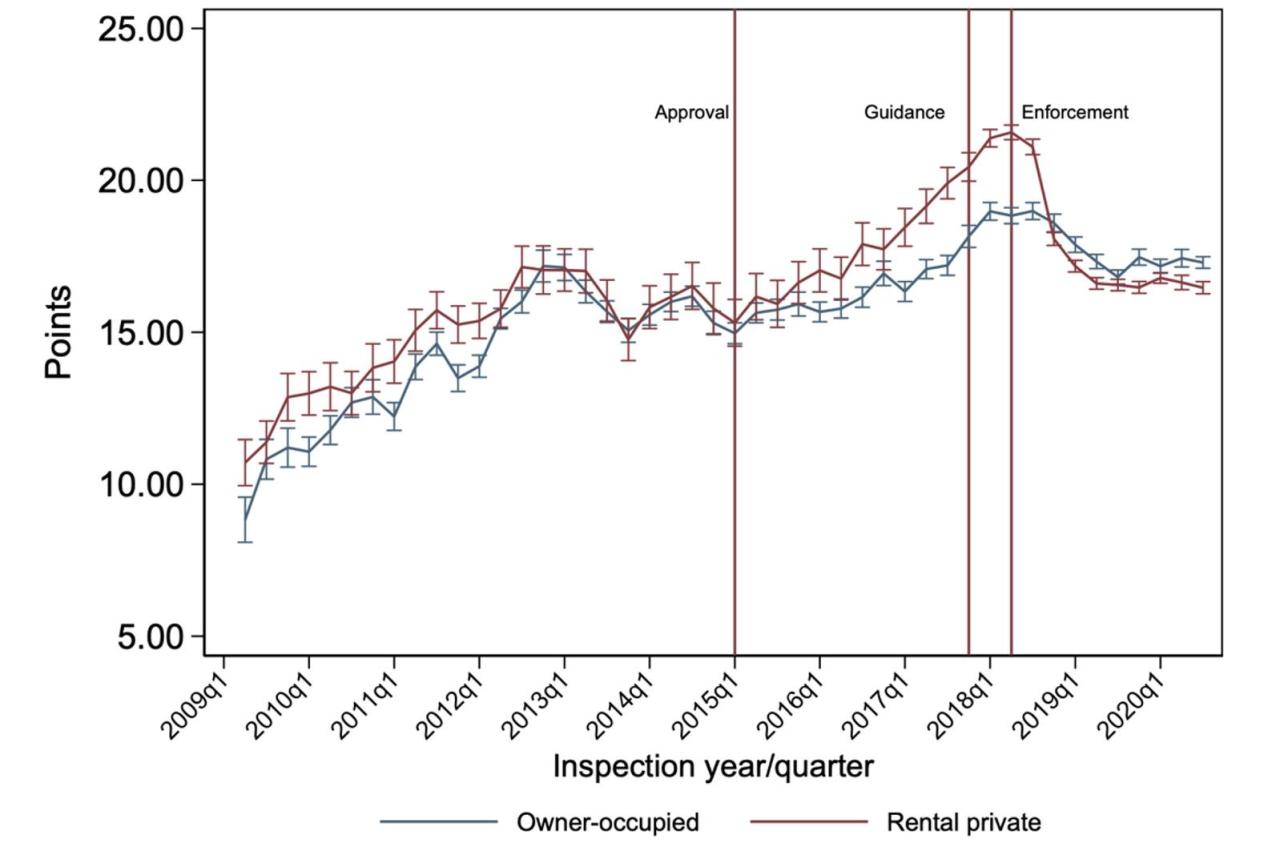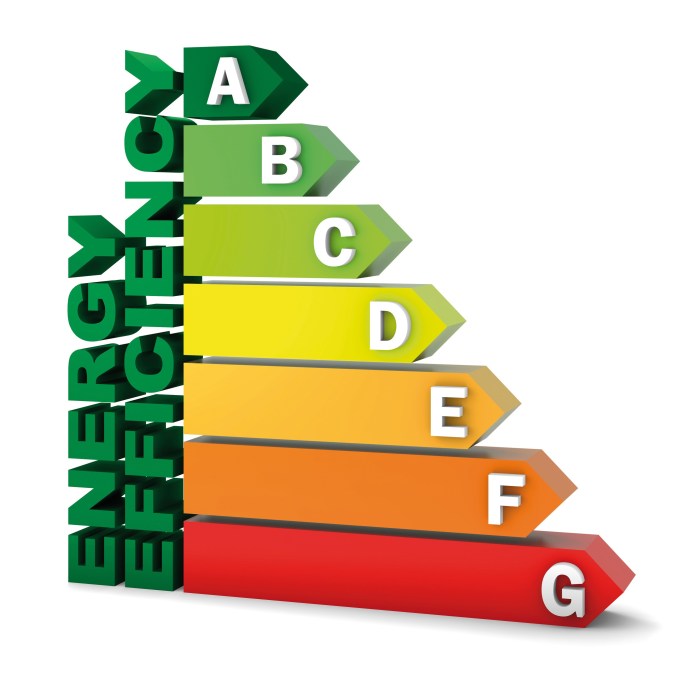
Energy efficiency regulations are a crucial cornerstone of global efforts to combat climate change and promote sustainable development. These regulations, spanning diverse sectors from buildings and appliances to industry and transportation, play a pivotal role in reducing energy consumption, mitigating greenhouse gas emissions, and fostering a more resource-efficient world. The global landscape of energy efficiency regulations is dynamic and constantly evolving, driven by a complex interplay of technological advancements, economic pressures, and environmental concerns.
From the landmark European Union’s Energy Efficiency Directive to the United States’ Energy Policy Act, numerous national and regional initiatives have emerged to establish ambitious energy efficiency targets and promote the adoption of sustainable practices. These regulations often encompass a wide range of measures, including building codes, appliance standards, labeling programs, and financial incentives, aiming to incentivize energy efficiency improvements across various sectors.
Key Regulatory Frameworks and Standards

Energy efficiency regulations play a crucial role in reducing energy consumption, mitigating climate change, and promoting sustainable development. These regulations encompass various sectors, including buildings, appliances, and industries, setting standards and targets to enhance energy performance. This section delves into prominent energy efficiency regulatory frameworks and standards, examining their methodologies, impact, and global reach.
Building Codes
Building codes are fundamental regulations that establish minimum energy efficiency requirements for new and existing buildings. These codes specify standards for insulation, windows, HVAC systems, and other building components, influencing the overall energy performance of structures.
- International Energy Conservation Code (IECC): The IECC is a widely adopted model code in the United States, providing a comprehensive framework for energy-efficient building design. It establishes minimum energy efficiency requirements for residential and commercial buildings, promoting the use of energy-efficient materials, appliances, and construction practices.
- European Union Energy Performance of Buildings Directive (EPBD): The EPBD sets energy performance standards for buildings in EU member states, requiring new buildings to achieve near-zero energy consumption. It promotes the use of renewable energy sources, energy-efficient building materials, and smart energy management systems.
Appliance Standards
Appliance standards set minimum energy efficiency requirements for household appliances, such as refrigerators, washing machines, and lighting fixtures. These standards aim to reduce energy consumption by promoting the use of more energy-efficient appliances.
- Energy Star Program: The Energy Star program, administered by the US Environmental Protection Agency (EPA), promotes energy-efficient products and appliances. Appliances that meet Energy Star standards are certified and labeled, allowing consumers to easily identify energy-efficient options.
- European Union Energy Labelling Directive: The Energy Labelling Directive establishes a standardized energy label system for appliances, providing consumers with clear information on the energy efficiency of different models. The label displays a rating from A+++ (most efficient) to G (least efficient), helping consumers make informed purchasing decisions.
Industrial Energy Efficiency Requirements
Industrial energy efficiency regulations target energy-intensive industries, aiming to reduce energy consumption and improve overall efficiency. These regulations often involve setting energy performance targets, promoting best practices, and providing financial incentives for energy efficiency improvements.
- Energy Efficiency Standards for Motors: Many countries have implemented energy efficiency standards for electric motors, which are widely used in industrial processes. These standards require motors to meet specific efficiency levels, reducing energy consumption and associated greenhouse gas emissions.
- Industrial Energy Audits: Many countries require large industrial facilities to conduct energy audits, which identify areas for energy savings. These audits provide valuable insights into energy consumption patterns, enabling companies to implement energy efficiency measures and reduce their energy footprint.
Methodologies for Setting Energy Efficiency Targets and Performance Benchmarks
Energy efficiency regulations rely on various methodologies to set targets and benchmarks for energy performance. These methodologies involve analyzing energy consumption data, identifying potential savings, and developing appropriate targets based on technological advancements and economic considerations.
- Life Cycle Analysis (LCA): LCA is a comprehensive methodology used to assess the environmental impact of products and processes throughout their entire life cycle, from raw material extraction to disposal. LCA helps identify energy efficiency opportunities and set targets based on the overall energy footprint of a product or process.
- Energy Modeling and Simulation: Energy modeling software simulates the energy performance of buildings and industrial processes, allowing engineers and designers to optimize energy efficiency and identify potential savings. This methodology enables the development of accurate energy performance benchmarks and targets.
Impact of Regulatory Frameworks on Energy Consumption and Greenhouse Gas Emissions
Energy efficiency regulations have a significant impact on energy consumption and greenhouse gas emissions. By setting standards and targets, these regulations promote the adoption of energy-efficient technologies and practices, leading to reductions in energy demand and emissions.
“Energy efficiency regulations have been proven to be an effective tool for reducing energy consumption and greenhouse gas emissions. Studies have shown that these regulations can significantly contribute to achieving climate change mitigation goals.”
Economic and Social Impacts

Energy efficiency regulations have significant economic and social implications, influencing various aspects of society. These regulations can contribute to cost savings, job creation, and reduced energy dependence while also impacting affordability, equity, and access to energy.
Economic Benefits
Energy efficiency regulations offer numerous economic benefits, including:
- Cost Savings: Energy efficiency measures, such as improved insulation, efficient appliances, and renewable energy sources, can significantly reduce energy consumption and, consequently, energy bills. For example, a study by the U.S. Department of Energy estimated that energy efficiency investments in buildings could save households an average of $1,000 per year on energy costs.
- Job Creation: The implementation of energy efficiency regulations creates jobs in various sectors, including manufacturing, installation, and maintenance. The International Energy Agency (IEA) estimates that energy efficiency investments could generate millions of new jobs globally.
- Reduced Energy Dependence: By reducing energy consumption, energy efficiency regulations decrease reliance on fossil fuels, leading to greater energy independence and reduced vulnerability to price fluctuations in the global energy market. This is particularly relevant for countries with limited domestic energy resources.
Social Implications
Energy efficiency policies have both positive and negative social implications, including:
- Affordability: Energy efficiency regulations can lead to higher upfront costs for appliances, building materials, and renovations. However, these costs are often offset by long-term savings on energy bills. Government programs and incentives can help make energy efficiency upgrades more affordable for low-income households.
- Equity: It is essential to ensure that energy efficiency policies do not disproportionately burden low-income communities or vulnerable populations. Policies should be designed to promote equity and ensure that all members of society benefit from energy efficiency improvements.
- Access to Energy: Energy efficiency regulations can help ensure that everyone has access to affordable and reliable energy. By reducing energy consumption, these regulations can alleviate pressure on energy grids and improve energy security for all.
Impact on Innovation
Energy efficiency regulations can stimulate innovation and technological advancements in the energy sector by:
- Driving Demand for Efficient Technologies: Regulations create a market for energy-efficient products and services, incentivizing companies to develop and invest in innovative solutions. For example, the European Union’s Energy Efficiency Directive has spurred innovation in areas such as building automation and smart grids.
- Promoting Research and Development: Regulations can encourage research and development into new energy-efficient technologies. Governments can provide funding for research projects and create partnerships between industry and academia to foster innovation. For instance, the U.S. Department of Energy’s Building Technologies Office supports research and development of advanced building materials and energy-efficient technologies.
Final Review

As the world continues to grapple with the urgent need to transition to a more sustainable energy future, energy efficiency regulations will undoubtedly play an increasingly vital role. The ongoing development and implementation of comprehensive and effective regulatory frameworks, coupled with ongoing technological innovation and international cooperation, will be essential in driving the global shift towards a more energy-efficient and climate-resilient world. The journey towards a sustainable energy future requires a collective commitment to harnessing the power of energy efficiency regulations to create a cleaner, more prosperous, and equitable world for all.
User Queries
What are the key benefits of energy efficiency regulations?
Energy efficiency regulations offer numerous benefits, including reduced energy consumption, lower greenhouse gas emissions, improved air quality, cost savings for consumers and businesses, enhanced national energy security, and stimulation of innovation and job creation in the energy sector.
How are energy efficiency regulations enforced?
Enforcement mechanisms for energy efficiency regulations vary depending on the jurisdiction and the specific regulation. Common methods include labeling programs, certification schemes, monitoring systems, audits, fines for non-compliance, and public awareness campaigns. Government agencies, industry associations, and independent organizations often play a role in ensuring compliance and accountability.
What are some examples of successful energy efficiency regulations?
Examples of successful energy efficiency regulations include the European Union’s Energy Efficiency Directive, which has significantly reduced energy consumption across member states, and the United States’ Energy Policy Act, which has driven improvements in appliance efficiency and building standards.
What are the challenges in implementing energy efficiency regulations?
Challenges in implementing energy efficiency regulations can include resistance from industries and consumers, concerns about affordability and equity, lack of awareness and technical expertise, and difficulty in harmonizing regulations across different jurisdictions. Overcoming these challenges requires strong political will, effective communication, and collaborative efforts among governments, industry, and civil society.





